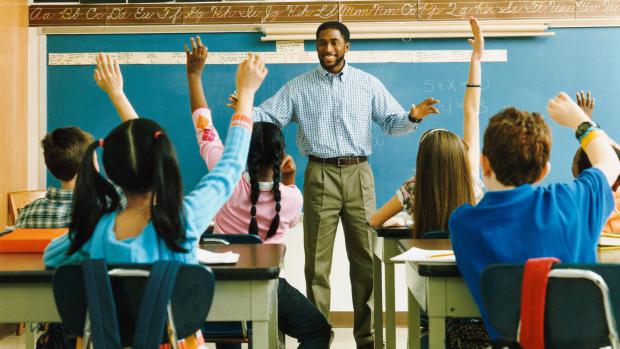
Breaking News
 Dr. Ron Paul interview with Meditation Magazine
Dr. Ron Paul interview with Meditation Magazine
 Tuesday War Room LIVE: Tune In For LIVE Election Day Coverage, As New York City Poised...
Tuesday War Room LIVE: Tune In For LIVE Election Day Coverage, As New York City Poised...
 Slowing climate change by using aerosols to block sunlight? Maybe not such a good idea
Slowing climate change by using aerosols to block sunlight? Maybe not such a good idea
 Las Vegas Cybertruck bomber's classified confession: Mystery as police suppress key details...
Las Vegas Cybertruck bomber's classified confession: Mystery as police suppress key details...
Top Tech News
 Japan just injected artificial blood into a human. No blood type needed. No refrigeration.
Japan just injected artificial blood into a human. No blood type needed. No refrigeration.
 The 6 Best LLM Tools To Run Models Locally
The 6 Best LLM Tools To Run Models Locally
 Testing My First Sodium-Ion Solar Battery
Testing My First Sodium-Ion Solar Battery
 A man once paralyzed from the waist down now stands on his own, not with machines or wires,...
A man once paralyzed from the waist down now stands on his own, not with machines or wires,...
 Review: Thumb-sized thermal camera turns your phone into a smart tool
Review: Thumb-sized thermal camera turns your phone into a smart tool
 Army To Bring Nuclear Microreactors To Its Bases By 2028
Army To Bring Nuclear Microreactors To Its Bases By 2028
 Nissan Says It's On Track For Solid-State Batteries That Double EV Range By 2028
Nissan Says It's On Track For Solid-State Batteries That Double EV Range By 2028
 Carbon based computers that run on iron
Carbon based computers that run on iron
 Russia flies strategic cruise missile propelled by a nuclear engine
Russia flies strategic cruise missile propelled by a nuclear engine
 100% Free AC & Heat from SOLAR! Airspool Mini Split AC from Santan Solar | Unboxing & Install
100% Free AC & Heat from SOLAR! Airspool Mini Split AC from Santan Solar | Unboxing & Install
Burned Out Teachers Are Launching Their Own Schools Instead of Abandoning Their Passion...

Microschools can help both teachers and students get re-energized about learning.
Teachers across the country are feeling burned out and depleted, particularly as school coronavirus policies and staffing shortages make their jobs more difficult. According to a survey by the RAND Corporation, almost one-quarter of teachers planned to leave the profession in 2021, and teachers experienced higher rates of work-related stress and depression than other adults.
A recent letter from teachers and staff at a small Vermont public elementary school to their superintendent and school board members echoes the feelings of many public school personnel. "Everybody is stepping up to try to do what is asked of them; everybody is feeling inadequate, exhausted, and defeated much of the time," wrote educators at the Ottauquechee School in Hartford. "Colleagues are questioning whether changing professions is in their best interest."
Rather than abandoning their passion for teaching, some educators are discovering that they can do what they love and avoid the bureaucracy and stress of a conventional classroom by starting their own microschools.
Microschools are modern twists on the quaint, one-room schoolhouse model, where small, multi-age groups of students learn together in more intimate educational settings, such as private homes, with individualized attention from adult educators and facilitators. Interest in microschools accelerated over the past year, as school shutdowns led parents to consider home-based "pandemic pods" to help their children learn in small, safe groups. Some teachers were recruited to lead pods, while others set out to create their own learning communities and microschool models. These entrepreneurial educators are finding that they have many resources available to them to launch their own innovative schools.



